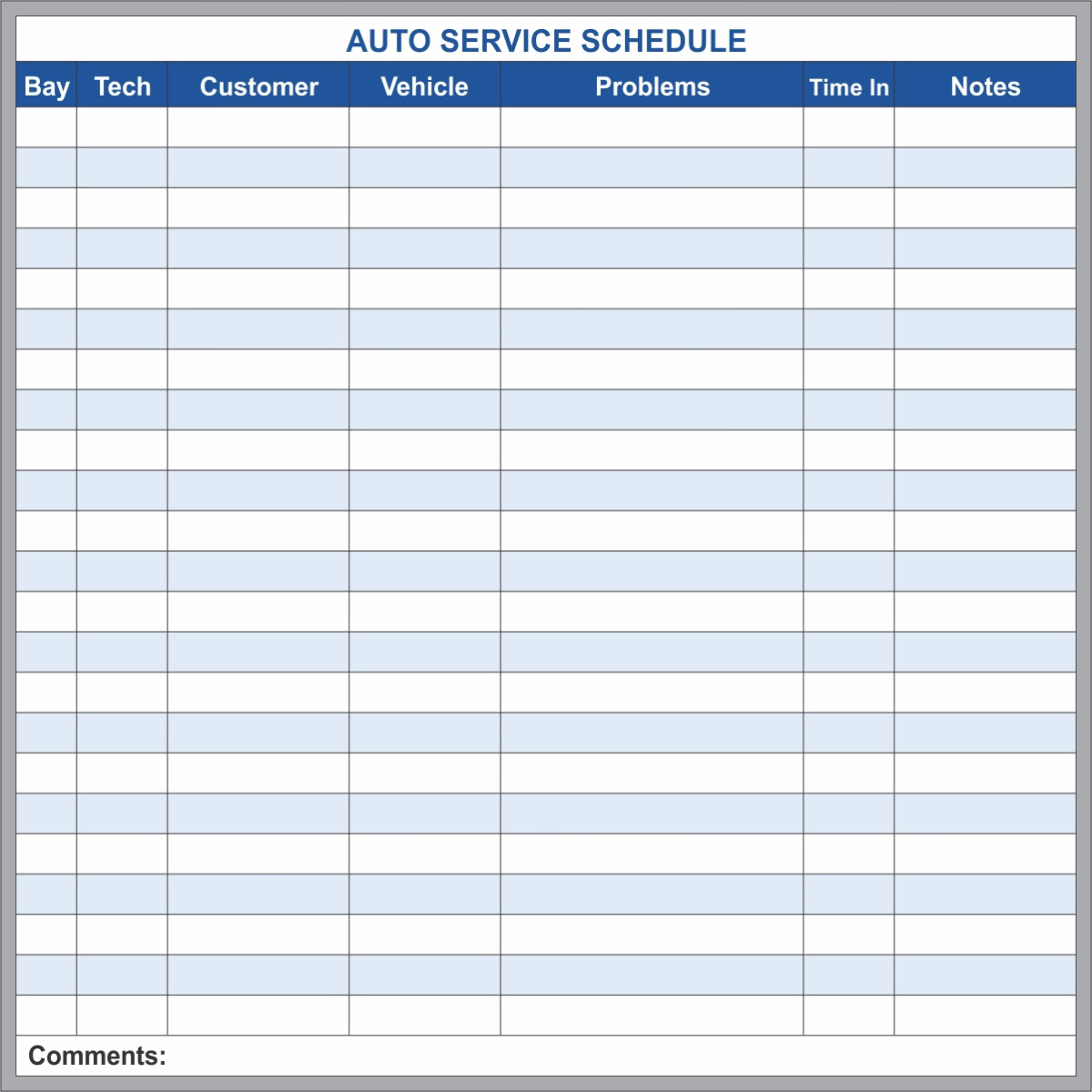Introduction:
Regular maintenance and care are vital for ensuring the longevity, reliability, and optimal performance of your vehicle. In this blog post, we will provide useful information on car maintenance and care, including establishing a routine maintenance schedule, a parts replacement timetable, troubleshooting common issues, and tips for extending the lifespan of automotive components. We will share expert advice on inspecting and replacing oxygen sensors, installing LED headlights, selecting the right spark plugs, and more.
1. Establishing a Maintenance Schedule:
A well-planned maintenance schedule is key to keeping your vehicle running smoothly. Refer to your vehicle’s owner’s manual to determine the recommended maintenance intervals for tasks such as oil changes, filter replacements, tire rotations, and fluid checks. Adhering to these intervals will help prevent potential issues and ensure optimal performance.
2. Parts Replacement Timetable:
Certain components in your vehicle have a limited lifespan and require regular replacement. It’s essential to be aware of the recommended replacement intervals for parts like timing belts, air filters, brake pads, and batteries. Adhering to these intervals will help maintain the efficiency and safety of your vehicle.
3. Troubleshooting Common Issues:
Familiarize yourself with common car problems and their potential causes. Learn to recognize warning signs such as unusual noises, vibrations, or dashboard warning lights. Troubleshoot issues like a faulty oxygen sensor, which can affect fuel efficiency and emissions. Consult a professional or utilize diagnostic tools to pinpoint the root cause and address the problem promptly.
4. Extending the Lifespan of Automotive Components:
Proper care and maintenance can significantly extend the lifespan of automotive components. Keep your vehicle clean to prevent corrosion and rust. Regularly inspect and clean the exterior and interior, including the engine bay. Follow best practices for battery maintenance, such as ensuring a secure connection and avoiding deep discharges. Additionally, use quality fuel and lubricants that meet the manufacturer’s specifications.
5. Expert Tips for Specific Components:
We’ll provide expert advice on inspecting and replacing vital components such as oxygen sensors, installing LED headlights, and selecting the right spark plugs. Learn how to check for signs of a failing oxygen sensor, such as decreased fuel efficiency or increased emissions, and understand the importance of timely replacement. Discover step-by-step instructions for installing LED headlights, improving visibility and energy efficiency. Furthermore, we’ll offer guidance on selecting spark plugs that match your vehicle’s specifications, ensuring optimal combustion and performance.
Conclusion:
Regular maintenance and proper care are essential for keeping your vehicle in prime condition. By establishing a maintenance schedule, adhering to parts replacement timetables, troubleshooting common issues, and following expert tips, you can extend the lifespan of your automotive components and enjoy a safer, more efficient driving experience. Stay tuned for more informative blog posts as we delve into various aspects of car maintenance and care, helping you become a savvy car owner.




![How To Extend The Lifespan Of Key Car Parts [Infographic]](https://infographicjournal.com/wp-content/uploads/2019/02/Common-Car-Parts-Replaced-and-Lifespan-feat.jpg)

